Partha P ChakrabarttyJun 09, 2019 13:32:22 IST
This article is the third part of a four-part series which discusses the various nuances involved in becoming an audiophile.
Click here to read part 1.
Click here to read part 2.
In the last article, we looked at how to pick good files to listen to as a beginner audiophile. In this piece, we will look at how to differentiate between the different types of headphones and pick the ones best suited for starting your journey. The options can be dizzying, but there’s a way through the maze of choices.
Most important things to look for in headphones
To make our choices, we have to first consider the right criteria. These can be divided into major and minor points. As a beginner audiophile, your first major priority should be to train your ears and your attention to notice subtle differences in sound. So, a beginner needs a headphone that can fully reproduce as much of the content in the recording as possible, and to do so clearly. A headphone that fails to do this misses out on some of the vital ‘detail’ that we are listening for. Typically, detail resides in the tightness of the ‘attack’ and the comprehensiveness of the ‘decay’ of each musical note, terms introduced in the previous article.
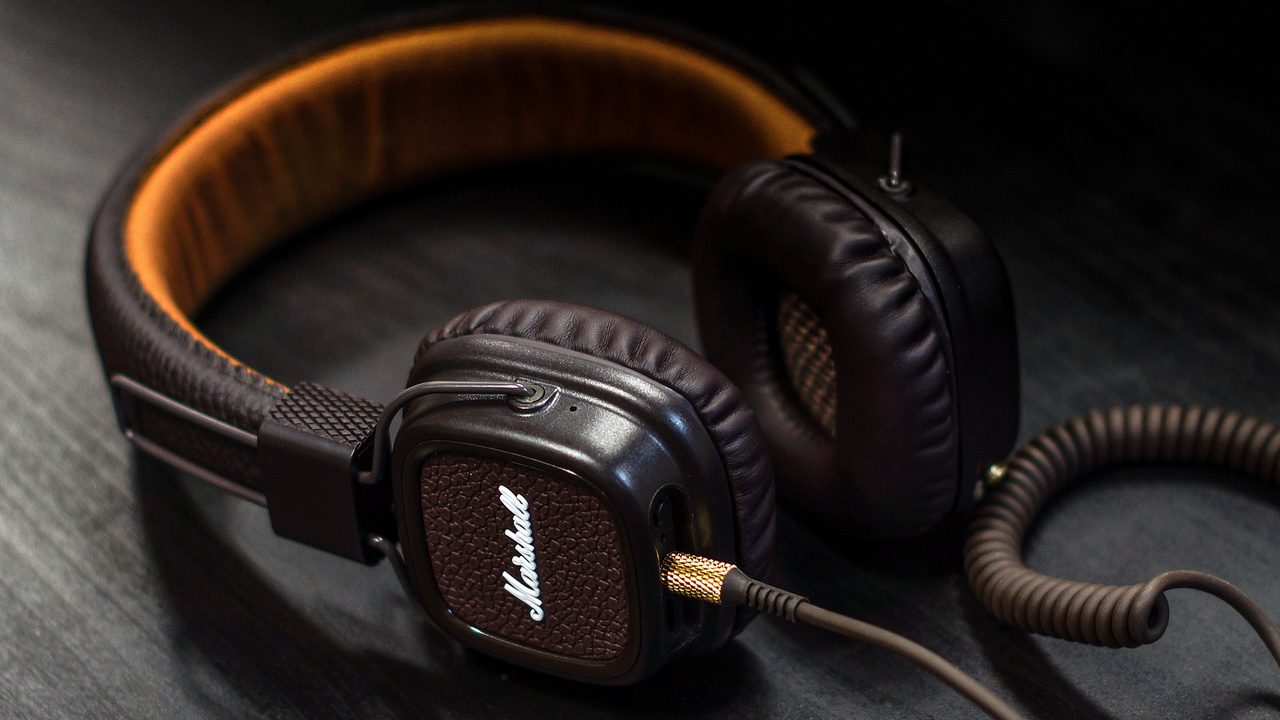
A beginner needs a headphone that can fully reproduce as much of the content in the recording as possible. Image: Marshall
Then, the next important aspect is neutrality. By this, we mean that the headphone manufacturer should not be making the decision to play with the sound of a recording. The headphone should be as transparent as possible in conveying the mix. This is important because a lot of commercial headphones, aimed at casual listeners, ‘colour’ the music: they tweak the frequencies like an equalizer would. Typically, they tweak it in a way that makes for ‘easy’ or ‘fun’ listening. Think of it as processed fast food: convenient, with lots of loud tastes and flavours, but lacking finesse and nutritional value. For an audiophile, who wants to get closer to the music, having a headphone with colouration is not the best choice.
Finally, there is the matter of separation. Separation is being able to tell one instrument from another in a recording. A way to test this is to close your eyes and attempt to locate the instruments spatially. Start with Universal’s 2015 album, ‘Sholay Songs and Dialogues Vol. 1’, and pick the track called ‘Title Music’. RD Burman has created some magic here, building an orchestra out of, among other things, a guitar, a trumpet, bongos, a rustic, simple string-and-bow instrument, and even someone (probably RD himself?) whistling. The track begins with just a guitar-strumming far to the left, slowly increasing in volume. Then, just off-center, the bongo-congas and bass guitar kick in to give the rhythm, and immediately after, to the far right, the horn — my guess is it’s a trumpet — kicks in. It is only after it plays its first phrase that the drums kick in, followed immediately by the strings. Each of them occupies a different spatial location if you listen with your eyes closed.
The distance between the guitars on the left and the trumpet on the right is the ‘soundstage’ of a headphone. It helps to have this be wide. Typically, the soundstage is determined by the physical placement of the drivers in the headphone, or in the physical positioning of speakers.
It is possible to simply place the speakers in order to create an illusion of great distance between left and right, but if we do this, the center typically gets confused. For a headphone to have great sound, it has to have both a wide soundstage and good imaging throughout the stage. A good way to test imaging is to have a sound traveling from left to right across the soundstage, like the UFO hum in Dil Se that I mentioned in the last article. Does it move smoothly from left to right, or does it seem to jump from left to center to right?
But the truest test of imaging comes from a song like the Sholay title track, which has a whole orchestra laid out in front of us. Are there many different, separate places for these instruments to occupy, the way they do on a real stage? Can we tell their position not just left to right, but also in terms of whether they are at the front of the stage or at the back?
When you consider the richness of this experience, of hearing minor details, hearing what the music producer intended, and being able to spatially locate different instruments—you begin to understand why audiophiles work so hard to have everything be perfect, and why listening to music is not a casual activity for them.
A fourth major consideration for a beginner audiophile should be ‘price’. Under late capitalism, there is a lot of hype going around—there’s even a coinage for it in audiophile communities, ‘audiohype’. In the headphones I have picked, price has been a strong consideration. Instead of buying the most expensive item right off the bat, it is best to start with something affordable, extract as much learning and pleasure as you can get from it, and then move on to something better. If you jump straight to something better, you might hamstring your own learning (and who but the most unimaginative of us wants to instantly reach the end of a rich pursuit?).
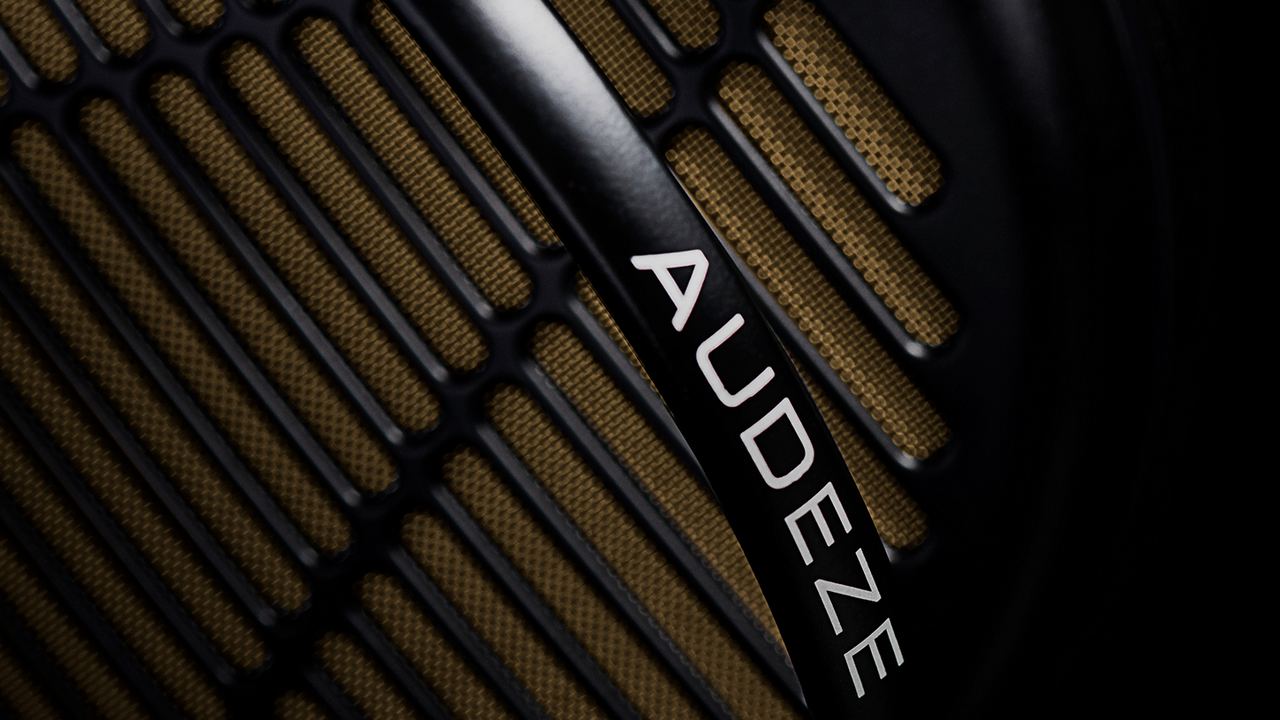
Audeze is among the most revered brand for audiophiles. Image: Audeze
Secondary considerations
Next, we have a set of minor considerations. Let’s talk about comfort. Since listening to this deeply and ‘analytically’ — where we are paying conscious attention to the different sounds — is taxing, we can only do it for a limited amount of time in a day. This means that a headphone has to be comfortable enough for about two hours of listening. Only audio professionals, who keep their phones on for the entire workday, should treat comfort as a major criterion.
Convenience, too, becomes minor. One can inconvenience oneself to get such rich rewards. Between an inconvenient pair of headphones with great sound and a convenient pair with merely good sound, a beginner audiophile should always go for the former.
Last and definitely least is style. This is mostly because price is a consideration; if you’re buying a stylish pair, you’re forking out precious rupees for the looks. Instead, buy an uglier but better sounding pair, or invest that extra cash in other equipment: a good DAC/amp, for one.
Picking the right form factor, and why ‘consumer’ sets fall short
The first choice we have to make is between in-ear, on-ear or over-ear headphones, or intra-aural, supra-aural and circum-aural headphones. In this, the choice for most audiophiles is quite clear: for the best sound for your money, you have to pick over-ear headphones.
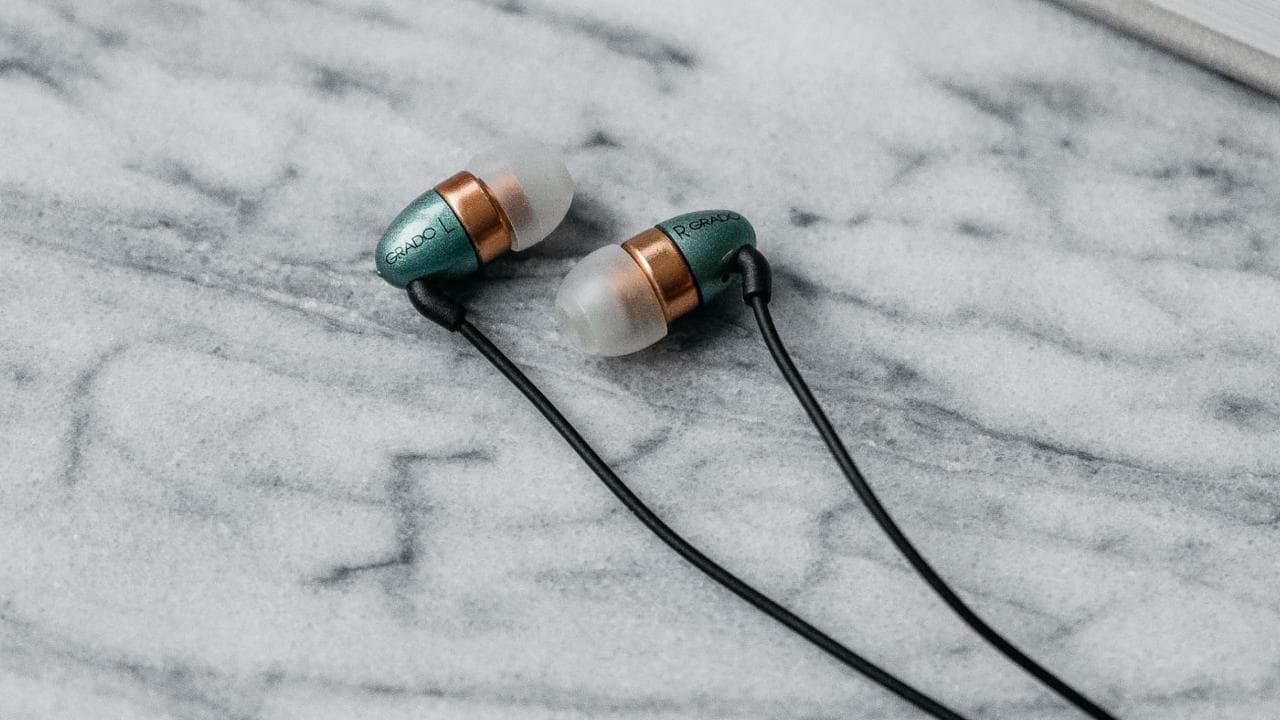
Grado GR10e in-ear earphones. Image: Grado
Over-ear headphones are by far the most inconvenient. They are big, heavy, and tend to look dorky. But over-ear headphones have the biggest-sized drivers, helping them deliver better bass, and also allowing for some extra width in soundstage. In-ear headphones, because of their tiny drivers, can struggle to produce the full range of sounds, though they are the most portable. On-ear headphones fall in between, being light and portable while also having competitive clarity and reproduction of detail, but they lose out in terms of soundstage. There are exceptions, but getting superlative performance from an unsuitable form factor can get expensive.
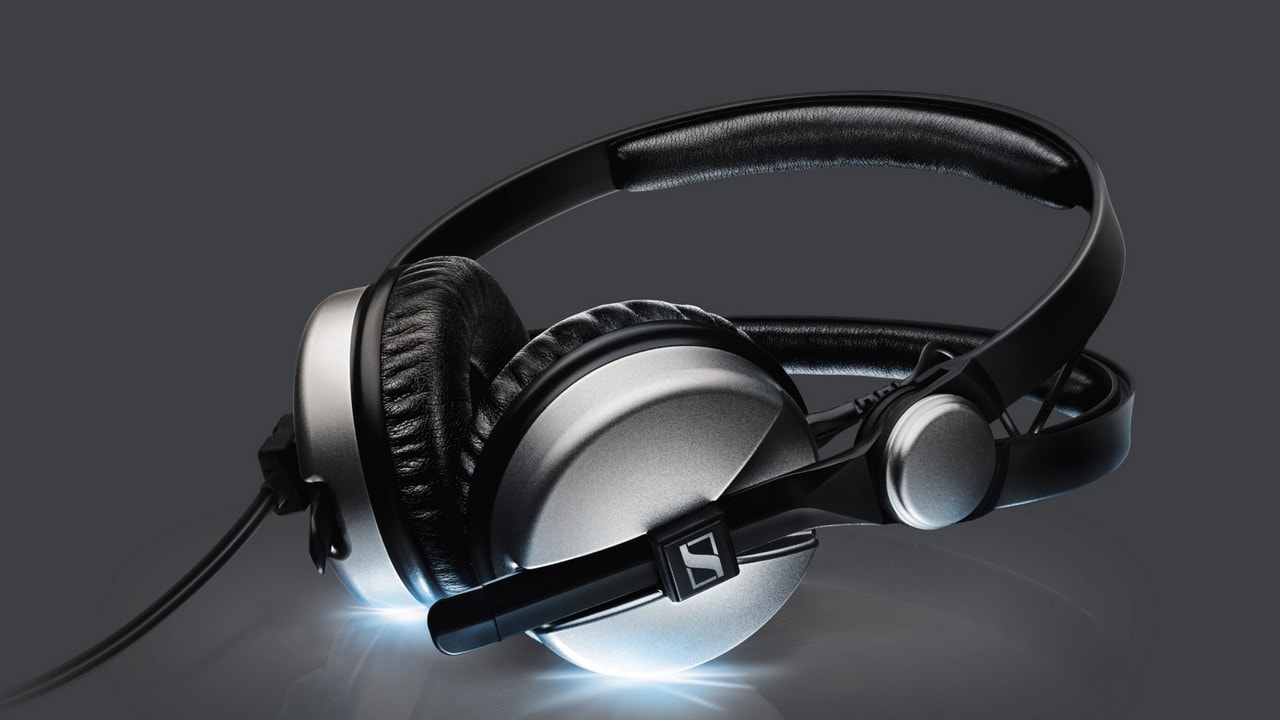
The Sennheiser HD660S headphones are supra-aural. Image: Sennheiser
Even within over-ear headphones, there are many choices. One important choice is between ‘professional’ headphones and ‘consumer’ headphones. The difference between the two is in the second major criterion, neutrality. Most of the popular brands out there, like Bose and Beats by Dr. Dre tend to boost either bass or treble or both. Bass can have an immediate physical effect on listeners, and a lot of modern music, including hip-hop and EDM uses it heavily to wake listeners up and make them feel something. However, artificially boosting the bass signals in a recording ends up drowning out the ‘mid’ frequencies, where the vast majority of instruments and the human voice reside.

The Sennheiser HD 660s are meanhwile, circum-aural headphones. Image: Sennheiser
Another critical musical element, which can get compromised if the headphone isn’t tuned right, is timbre (pronounced tam-buhr). Musical sound is not a single frequency sound (a single frequency sound sounds like a single beep or tone). It is composed of many different sound waves of different volumes. This is why a guitar sounds very different from a banjo even if they are playing the same note (to hear this difference, and for a great introduction to a key concept in music, watch this video). When a headphone boosts the volume of certain frequencies, it makes instruments sound different from how they ‘naturally’ sound.
Of course, this ‘natural’ sound is not an easy target to define, which is why commercial headsets are so successful—sometimes ‘natural’ sounds are more flawed than ‘coloured’. Also, ‘natural’ instrument sounds are different in different rooms—you play the same violin in a small room and in a concert hall, and they will sound different. Many audiophiles (including myself) determine a ‘neutral’ sound based on a mix of listening to live music and on listening to a really high-quality set of speakers or headphones. While this judgment holds for larger conclusions about unnatural and natural-sounding instruments, as you can imagine, this judgment can get very subjective, especially when it comes to the finer points.
But for an audiophile, it is important to get as close as possible to the truth of a recording. When you are more interested in getting up, close, and personal with the music, you don’t want any more screens and tampering between you and it than can be helped. This is why neutrality is important.
Why Noise-Cancelling and (some) Bluetooth techs are not for audiophiles
It is important here to rule out two other technologies that consumers are familiar with. One is Bluetooth headphones. As convenient as a wireless headset is, Bluetooth technology is not yet at the level where the sound quality is high enough. Bluetooth is a digital data transmission standard. This means your Bluetooth headphone has to do the digital-to-analog conversion within itself. Apart from this setting limits upon how well the headphone can reproduce sound, it further means that you can’t upgrade your setup to a better DAC/amp. An interesting new innovation transmits data to a DAC/amp via Bluetooth, with the DAC/amp itself connected to a wired headphone. This is fine, and maybe in the future a Bluetooth headphone will have enough battery power and sophistication to sound comparable, but we’re not there yet.
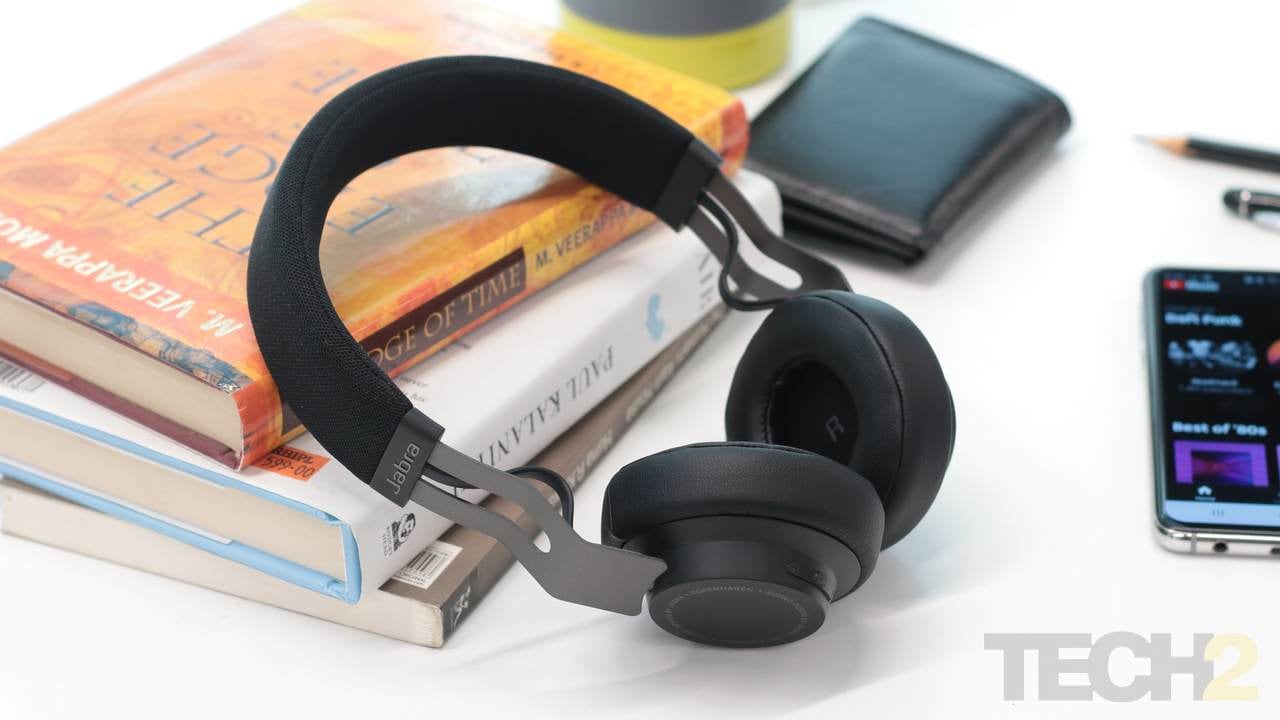
The Jabra Move Style Edition Bluetooth headphones. Image: Omkar P
The other technology is noise-cancellation. Great though the tech is, and very useful in noisy environments, it processes the sound, and is, therefore, an additional intermediary. As of now, this processing compromises sound quality.
All this is why audiophiles have a completely different set of brands they prefer, like Audiotechnica, Sennheiser, Shure, AKG, Audeze, Hifiman, Beyerdynamic and more. Even within these brands, audiophiles will pick the ‘Pro’ rather than the consumer lines.
Professional headphones are used in recording studios to get the sound right. This is why they are usually boring to look at, lack Bluetooth and noise cancellation, are built for long hours of desk use—and provide great audio quality for the price. They have the details required to make mixing decisions and offer a neutral sound signature. The recording professional values sound over everything else. This is why a beginner audiophile can benefit from a professional headphone.
Open-backed and close-backed
Finally, there are open-backed and close-backed headphones. Open-backed headphones don’t have a cap over the drivers on either side. They are therefore both open to external sound, and leak sound into the room, but also allow air to move freely around the driver, and eliminate echo effects prevalent in close-backed designs, thus providing a more natural sound. Open-backed designs also offer the best soundstage and therefore have a performance advantage that makes them the preferred choice for the highest class of headphones. However, top-tier performance comes at a higher price point, and the more modestly priced (and performing) open-backed headphones still require more work from the listener—finding a quiet room, and paying closer attention to all the details.

Grado Reference RS1e are open-back headphones. Image: Grado
Close-backed headphones have a narrower soundstage and tend to add some bass impact because they are in a confined space around your ears. However, they make for a great audio experience, allowing you to focus on details, offering enough of a soundstage to learn what one sounds like, and letting you listen in most environments.
In the next article, we will review some of the best professional close-backed headphones out there to start your audiophile journey with.
Tech2 is now on WhatsApp. For all the buzz on the latest tech and science, sign up for our WhatsApp services. Just go to Tech2.com/Whatsapp and hit the Subscribe button.
Post a Comment